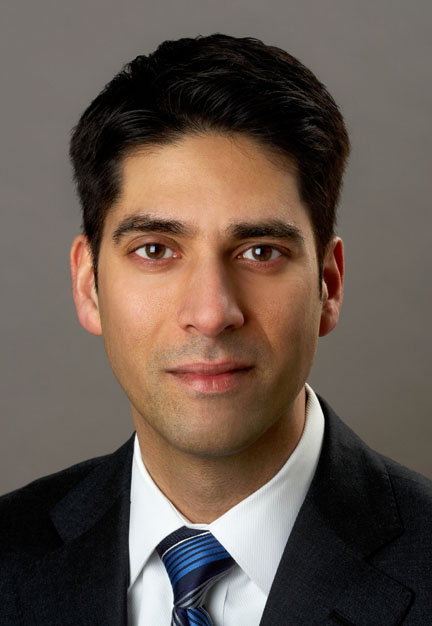The Ontario Human Rights Commission should start providing services to respondents on human rights issues, a Toronto lawyer is recommending in his review of reforms to the province’s system.

In his
review submitted to the Ontario attorney general this month, Andrew Pinto, of Pinto Wray James LLP, says the new system is working well.
“Overall, I conclude that the Ontario human rights system is working better in many respects than under the previous code; but I would declare the reforms a ‘qualified success’ since there remain a number of challenges in the revised system,” he writes.
Among other things, Pinto notes a “perceived imbalance” in the human rights system since alleged victims of human rights violations can get representation from the Human Rights Legal Support Centre while respondents have to defend themselves. Providing summary human rights advice, he writes, “fulfills an important gap in the effectiveness of the revised code. Many respondents are unclear about their human rights obligations and would like to receive prompt advice and information.”
The provincial government appointed Pinto to review the system just a few years after it changed it to provide applicants with direct access to the Human Rights Tribunal of Ontario rather than having to wait for the commission to look into and decide whether to take on their case.
While the commission would no longer present the case at the tribunal except when it came to systemic matters, applicants could seek representation from the legal support centre. But given that the legal support centre wouldn’t necessarily be able to take on all cases, the changes prompted concerns about access to justice for applicants.
In concluding that the system is working better, Pinto notes some of the problems under the previous setup. On average, for example, it took 2.5 years for the commission to refer a case to the tribunal. It then took four years to get a hearing, and just under five years for a decision on the merits of the case.
Under the new system, Pinto finds “the tribunal is able to handle a greater volume of complaints without accumulating a backlog; applications are processed faster; there is greater transparency to the tribunal’s decision-making achieved through the public availability of procedural and substantive written decisions; there is a significantly greater volume of decisions decided on their merits; the tribunal’s rulings on discrimination appear impartial; and public interest remedies are routinely awarded where discrimination is found.”
On the downside, Pinto he says the legal support centre is struggling to meet the demand for its services. For example, it’s answering just 79 per cent of incoming calls, a number that has increased from 44 per cent previously. Telephone wait times, meanwhile, are about eight minutes. In addition, the legal support centre represents just 12 per cent of applicants before the tribunal.
“I found this low rate to be unacceptable and inconsistent with the equilibrium envisaged by the code reforms which require the centre to at least partly address the power imbalance inherent in the direct access system where parties are primarily responsible for advancing their own case,” Pinto writes.
As a result, he recommends increasing funding to the centre.
Nevertheless, Pinto found the legal support centre is doing a good job of representing the clients it takes on. As for potential solutions to the issues, he suggests reinstituting a centre duty counsel service to assist applicants at mediations. He’s also calling on the centre to expand the placement of its staff in legal community clinics outside Toronto.
“Ontario’s human rights system is now in a position to absorb and implement the next level of change,” wrote Pinto.

 In his review submitted to the Ontario attorney general this month, Andrew Pinto, of Pinto Wray James LLP, says the new system is working well.
In his review submitted to the Ontario attorney general this month, Andrew Pinto, of Pinto Wray James LLP, says the new system is working well.